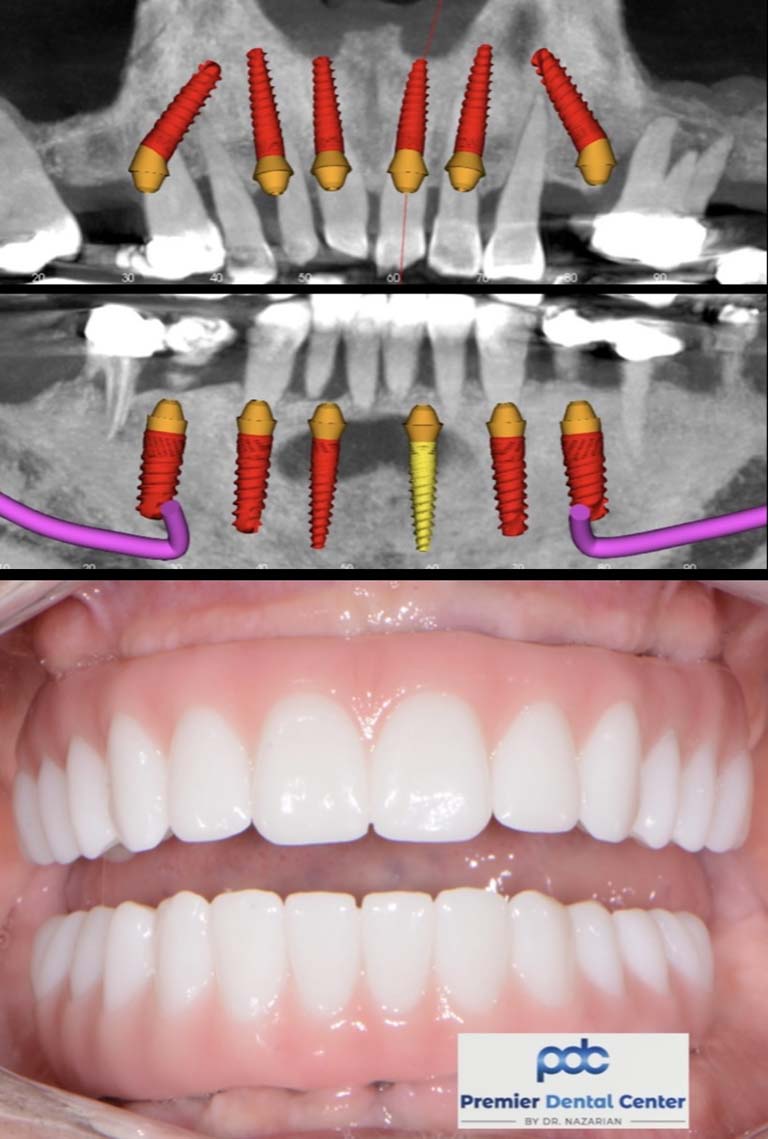Dental Sense - Truths
Dental Sense - Truths
Blog Article
9 Simple Techniques For Dental Sense
Table of ContentsExamine This Report on Dental SenseDental Sense for BeginnersThe Definitive Guide for Dental SenseNot known Facts About Dental Sense
are medical gadgets operatively dental implanted right into the jaw to restore a person's ability to chew or their look. They offer assistance for fabricated (fake) teeth, such as crowns, bridges, or dentures. When a tooth is shed as a result of injury or condition, a person can experience problems such as quick bone loss, faulty speech, or adjustments to eating patterns that lead to pain.Dental implant systems include an oral implant body and oral implant abutment and might additionally consist of a joint addiction screw. Dental veneers cost. The oral implant body is operatively placed in the jawbone in area of the tooth's root. The dental implant joint is normally attached to the dental implant body by the joint addiction screw and prolongs with gums into the mouth to support the affixed synthetic teeth
(https://www.openstreetmap.org/user/dentalsense1)Framework of The Dental Implant System picking oral implants, talk to your oral service provider about the possible benefits and dangers, and whether you are a prospect for the treatment. Things to take into consideration: Your overall health and wellness is a vital consider establishing whether you are a good candidate for oral implants, the length of time it will require to recover, and how long the implant may stay in place.
Smoking might influence the recovery process and lower the long-term success of the implant. The recovery procedure for the implant body may take a number of months or longer, throughout which time you usually have a momentary joint instead of the tooth. the oral implant treatment: Thoroughly comply with the dental hygiene instructions offered to you by your dental company.
The Ultimate Guide To Dental Sense
Implant failure can result in the demand for an additional operation to take care of or replace the dental implant system. Restores the capacity to chew Recovers cosmetic look Assists maintain the jawbone from diminishing due to bone loss Protects the health and wellness of the surrounding bone and gum tissues Aids keep surrounding (nearby) teeth steady Boosts lifestyle Damages to surrounding natural teeth during dental implant placement Injury to the surrounding tissues throughout surgical treatment, such as sinus perforation Injury throughout surgery (as an example, fracture of bordering jawbone) Inadequate feature, such as seeming like the teeth do not attack with each other usually A sensation that the tooth is loosened or turning in place arising from a joint screw loosening up Implant body failure (looseness of the implant body) as a result of systemic infection, which may be extra likely in patients with unrestrained diabetes because of local infection in bone and periodontals sustaining the implant body because of postponed recovery, which might be more probable in patients that smoke Difficulty cleaning up the gum tissues around the implant, resulting in inadequate dental hygiene Untreated gum disease Post-surgical pins and needles due to nerve impingement or damage Always notify health treatment carriers and imaging service technicians that you have dental implants prior to any type of magnetic resonance imaging (MRI) or x-ray treatments.
FDA is not familiar with any kind of adverse occasions reported for MRI or x-ray procedures with dental implants. Dental implants systems are normally made of products that comply with international agreement requirements of the International Company for Standardization (ISO) or ASTM International. These standards have details of what makes a risk-free material.

A dental implant is a structure that replaces a missing out on tooth. With screw-like tools, the doctor inserts a dental implant into the jawbone, and it acts as an anchor for a fabricated tooth, called a crown.
Unknown Facts About Dental Sense
Some individuals are not qualified for dental implant surgery. It is for dental doctors to operate individuals with: intense illnessuncontrollable metabolic diseasebone or soft cells condition or infectionIf these concerns are solved, an individual can have the surgery. In, dental cosmetic surgeons avoid operating individuals with: If people with any of the above undergo dental implant surgical Full Article procedure, there is a higher threat of the implant failing.

Dental implant surgery is an individualized procedure. It's not the exact same for everyone. But the following gives a general introduction of what you can anticipate your dental professional, oral doctor, periodontist or prosthodontist to do: Place the dental implant operatively. Provide you time to recover. Connect the message and last crown, bridge or denture.
Next, your surgeon will very carefully put the dental implant right into your jaw. If your dental implant is near the front of your mouth, your dental professional will certainly make a temporary tooth for you to use until you recover.
Fascination About Dental Sense
Your copyright can inform you what to anticipate in your scenario. Throughout the healing phase, your jawbone should fuse to the dental implant. This procedure, called osseointegration, is important for stability and lasting success. This procedure can take anywhere from 3 to 9 months. In some situations, it may take longer.
As soon as your implant heals, your dentist can affix the joint (little adapter blog post) and your final restoration (crown, bridge or denture). This usually takes about one hour to complete and may call for a second small surgical procedure. You should not really feel any type of pain throughout your dental implant treatment since your provider will utilize drug to numb your gum tissues.
Report this page